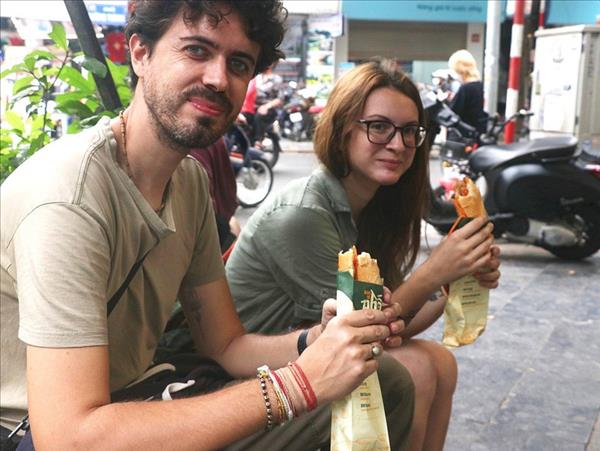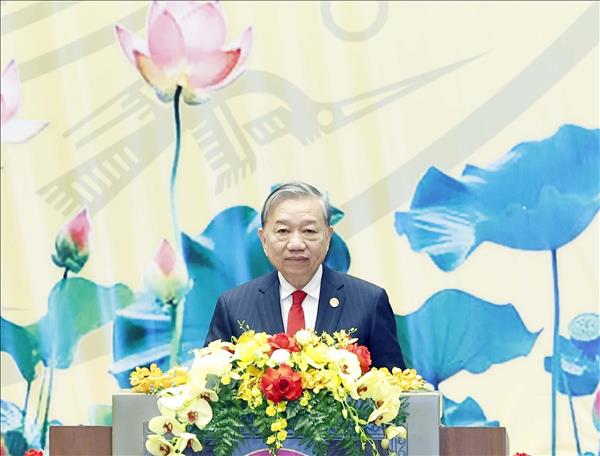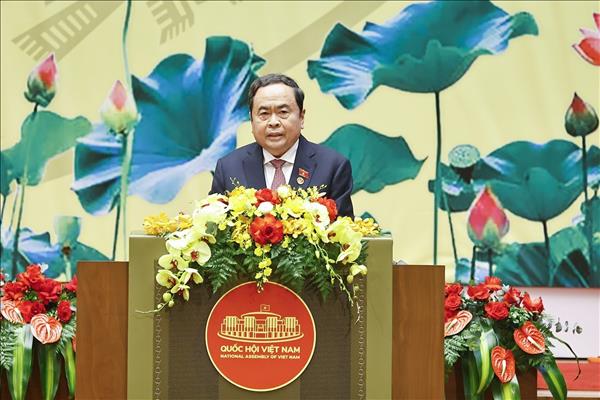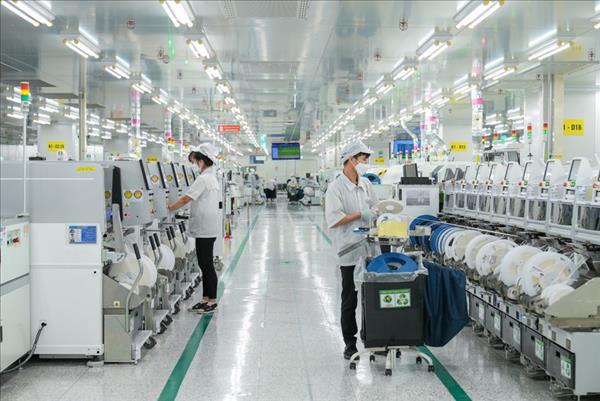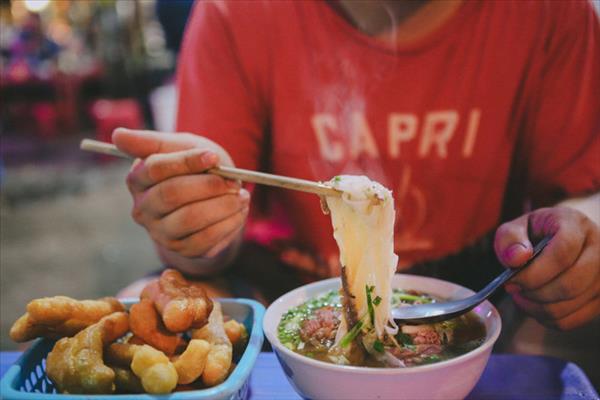In 2017, the country recorded more than 720,000 tonnes in shrimp output, including some 320,000 tonnes of by-products, mostly head and shell. However, these by-products have been considered as waste, instead of being capitalised on to produce high-added-value products like chitin and chitosan used in food production, biological materials, healthcare and agriculture.
Trang Sy Trung, Rector of Nha Trang University, said if shrimp by-products are thought of as raw materials, they can be used to create better products in multiple fields.
Participants in the event pointed to a lack of high technology in processing shrimp by-products. Current processing activities focus on shrimp flesh while ignoring the head and shell.
Trung said if by-products are not processed properly, they will be a source of environmental pollution. Meanwhile, shrimp head and shell contain nutritional values that can be used to manufacture high-value products.
“If we invest in technology in an appropriate manner to turn shrimp by-products into the abovementioned products, major benefits will be generated for the country,” he added.
Echoing this view, Nguyen Manh Dung, a former official at the Agro Processing and Market Development of the Ministry of Agriculture and Rural Development, said shrimp by-products are a problem in many processing facilities, as they are a source of pollution. But if they are used for further processing, they will become a valuable source of material supply and a “gold mine” for the processing industry.
Shrimp farming has expanded from 640,000ha in 2010 to 720,000ha in 2017, raising output from 470,000 tonnes to 723,000 tonnes.
The shrimp sector now plays a leading role in Vietnam’s agriculture and is also a big foreign currency earner. Shrimp exports have accounted for up to 50 percent of total aquatic exports in recent years, reaching 3 – 4 billion USD annually. It has helped boost socio-economic development in the country as well as the Mekong Delta – the aquaculture hub of Vietnam.
The conference, held by the Ministry of Science and Technology and the Ministry of Agriculture and Rural Development, was part of the technology demonstration and supply – demand connection event in Can Tho from October 3 to 5.
VNA/VNP

